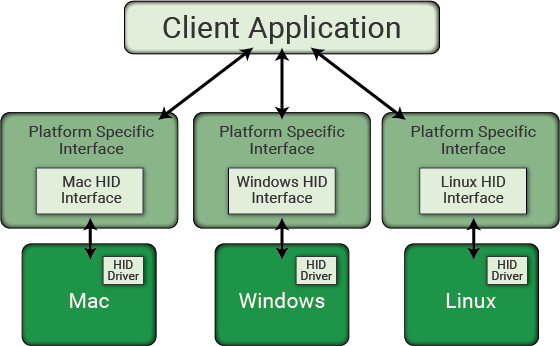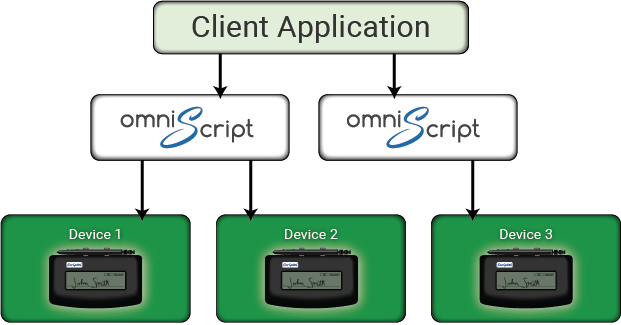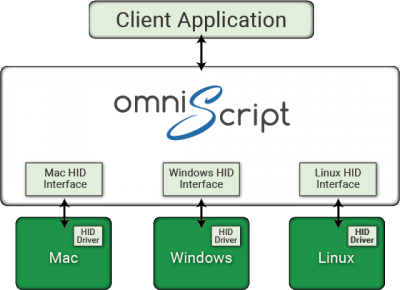OmniScript: Difference between revisions
Max Campbell (talk | contribs) No edit summary |
Max Campbell (talk | contribs) No edit summary |
||
| Line 37: | Line 37: | ||
WebSockets have the advantage of allowing web applications to directly communicate with OmniScript without the need for an intermediate server. This means that an application can be pushed to a client and your application can take advantage of an OmniScript installation within their firewall without the need for any special network configuration. Data can then be pushed back to the server side of your application from the client. | WebSockets have the advantage of allowing web applications to directly communicate with OmniScript without the need for an intermediate server. This means that an application can be pushed to a client and your application can take advantage of an OmniScript installation within their firewall without the need for any special network configuration. Data can then be pushed back to the server side of your application from the client. | ||
[[File:OmniScript-Integration.png|756px]] | [[File:OmniScript-Integration.png|756px|right]] | ||
==Platform Independent== | ==Platform Independent== | ||
Revision as of 12:14, 11 July 2016
| Developer(s) | Scriptel Corporation |
|---|---|
| Website |
scriptel |
The Scriptel OmniScript product is a small integrated web server installed on a personal computer or embedded device that exists to expose Scriptel ScripTouch signature digitizers to a computer network.
OmniScript primarily communicates with applications through the use of WebSockets. These are essentially network sockets that contain a special handshake at the beginning of the connection to ensure that the server is soliciting such connections.
WebSockets have the advantage of allowing web applications to directly communicate with OmniScript without the need for an intermediate server. This means that an application can be pushed to a client and your application can take advantage of an OmniScript installation within their firewall without the need for any special network configuration. Data can then be pushed back to the server side of your application from the client.

Platform Independent
Traditional Model of Integration
In traditional hardware application interfaces, the interface dictates the programming language needed to integrate the device and developers generally need to recompile their code for each operating system they wish to integrate with.
OmniScript Model of Integration
With OmniScript, platform specific device interfaces are embedded within the server application. This allows developers to communicate with a single platform independent interface.
- Allows mix and match between client machines
- Multiple Operating System Support – Mac, Windows, Linux
- No Java Plugins/ActiveX Controls needed for web development
-
Example of a traditional model of integration
-
Example of OmniScript model of integration
Simplified Development
OmniScript enables developers to communicate with ScripTouch signature capture devices using the same code on multiple operating systems and web browsers.
Because OmniScript exposes ScripTouch digitizers to a network, any platform capable of communicating through a network will have access to devices utilizing the same API. By writing code in a platform independent language such as Java or JavaScript, developers can run the same logic on various platforms.
Save development time by minimizing amount of effort to support multiple OS (Operating Systems) and Web Browsers
- Reduces the level of dedicated long term customer support
- Reduce development support for multiple environments
- Language agnostic – program in language of choice instead of choosing a dictated langauge


